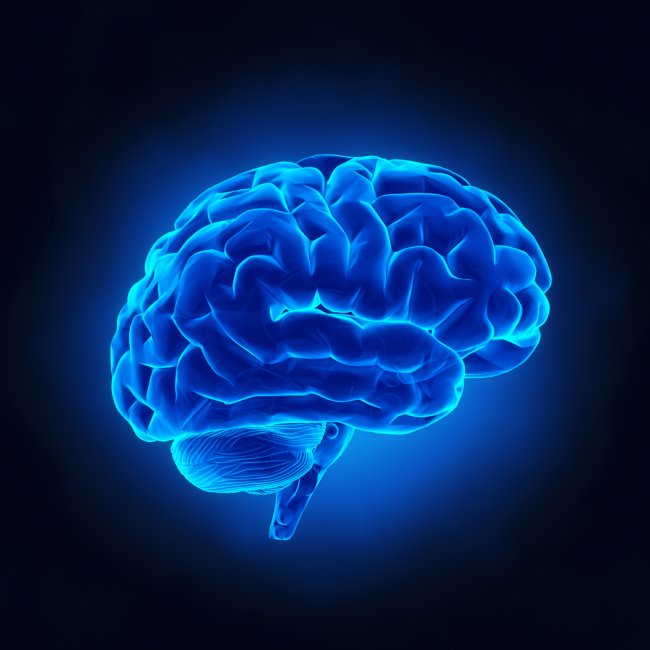The human immune system is one of the most complex and sophisticated defense mechanisms in the body. It works tirelessly to protect us from harmful pathogens, including bacteria, viruses, fungi, and parasites. Without it, we would be vulnerable to countless diseases and infections. This article delves into the intricacies of the immune system, explaining how it works, the different components involved, and the vital role it plays in keeping us healthy.
What is the Immune System?
The immune system is a network of cells, tissues, and organs that work together to defend the body against harmful invaders. Its primary function is to identify and eliminate foreign substances that can cause illness while differentiating these harmful agents from the body’s own cells.
The immune system operates on two levels: the innate immune system, which provides an immediate but non-specific response, and the adaptive immune system, which offers a targeted and learned response to specific pathogens. These two systems work in harmony to provide a multi-layered defense against diseases.
Components of the Immune System
The immune system is composed of various cells and organs, each playing a unique role in identifying and destroying invaders. Some of the key components include:
- White Blood Cells (Leukocytes): These are the body’s primary defenders. There are two main types:
- Phagocytes, which engulf and digest foreign substances.
- Lymphocytes, which are responsible for more specific immune responses.
- Bone Marrow: This is where new immune cells are produced, including white blood cells. The bone marrow is essential in maintaining a steady supply of immune cells to keep the system functioning.
- Thymus: This small organ located in the chest is responsible for the development of T cells, a type of lymphocyte that plays a crucial role in recognizing and attacking infected cells.
- Lymphatic System: This system is a network of vessels and nodes that helps transport immune cells throughout the body. It also plays a key role in filtering out harmful substances and pathogens.
- Spleen: The spleen filters blood, removing old or damaged cells and foreign invaders. It also stores white blood cells and platelets, which are crucial in fighting infections.
- Mucous Membranes and Skin: These act as the first line of defense by providing a physical barrier to prevent pathogens from entering the body. Additionally, the mucous membranes contain antibodies that trap and neutralize foreign invaders.
The Innate Immune System
The innate immune system is the body’s first line of defense against pathogens. It provides a non-specific, rapid response to invaders. When a pathogen enters the body, the innate immune system kicks into action immediately, without needing to recognize the specific type of invader.
Key Features of the Innate Immune System:
- Physical and Chemical Barriers: The skin and mucous membranes are the first defense, blocking most pathogens from entering the body. Tears, saliva, and stomach acid also help neutralize harmful substances.
- Inflammatory Response: When an injury occurs or a pathogen invades, the body triggers an inflammatory response. Blood flow increases to the affected area, causing redness, swelling, and warmth. This response helps deliver more immune cells to fight off the infection and initiate tissue repair.
- Phagocytosis: Phagocytes, including neutrophils and macrophages, are cells that engulf and digest pathogens. These cells patrol the body, searching for foreign invaders and debris that need to be cleared.
- Natural Killer Cells: These are a type of white blood cell that attacks virus-infected cells and tumor cells. Unlike other immune cells, natural killer cells do not require a specific target. Instead, they scan the body for abnormal cells and eliminate them.
- Complement System: This is a group of proteins that enhance the ability of antibodies and phagocytes to clear pathogens. The complement system helps to mark pathogens for destruction, making it easier for immune cells to recognize and eliminate them.
The Adaptive Immune System
The adaptive immune system offers a more targeted response, but it takes longer to activate compared to the innate immune system. The adaptive immune system is highly specific, meaning it can recognize and respond to specific pathogens. Additionally, it has a memory function that allows it to remember and respond more effectively to future encounters with the same pathogen.
Key Features of the Adaptive Immune System:
- B Cells and Antibodies: B cells are a type of lymphocyte that produces antibodies, proteins that specifically target and neutralize foreign invaders. When B cells encounter a pathogen, they bind to it and release antibodies, which either neutralize the pathogen or mark it for destruction by other immune cells.
- T Cells: T cells come in two main types: helper T cells and cytotoxic T cells. Helper T cells coordinate the immune response by signaling other cells to attack the invader. Cytotoxic T cells directly attack and destroy infected or abnormal cells.
- Memory Cells: Once the adaptive immune system encounters a pathogen, it creates memory cells. These cells remain in the body long after the infection has been cleared. If the same pathogen enters the body again, memory cells can respond more quickly and effectively, preventing the illness from taking hold.
- Antigen Presentation: Dendritic cells and macrophages act as antigen-presenting cells, capturing pathogens and presenting them to T cells. This process activates the adaptive immune response and helps guide the body’s attack on the invader.
The Immune Response to Infection
When a pathogen enters the body, the immune system follows a series of steps to fight off the infection:
- Recognition: The immune system must first recognize the presence of a pathogen. This is done through the detection of antigens, which are molecules found on the surface of pathogens. Antigens act as “flags” that signal to the immune system that an invader is present.
- Activation: Once the pathogen is recognized, the immune system is activated. Phagocytes rush to the site of infection to engulf the pathogen, while the adaptive immune system kicks in, producing antibodies and deploying T cells to target the specific invader.
- Elimination: The immune system works to eliminate the pathogen from the body. B cells produce antibodies that neutralize the pathogen, while T cells destroy infected cells. The complement system also helps in marking pathogens for destruction.
- Memory Formation: After the infection has been cleared, memory cells are formed. These cells “remember” the pathogen, enabling the immune system to mount a faster and stronger response if the same pathogen is encountered again in the future.
Factors That Affect Immune Function
Several factors can influence how well the immune system functions. Some of these factors include:
- Age: The immune system weakens with age, making older individuals more susceptible to infections and illnesses.
- Nutrition: A healthy, balanced diet is essential for maintaining a strong immune system. Nutrients such as vitamins C, D, and zinc play crucial roles in immune function.
- Stress: Chronic stress can suppress immune function, making the body less effective at fighting off infections.
- Sleep: Poor sleep can weaken the immune system, reducing its ability to respond to pathogens.
- Exercise: Regular physical activity boosts the immune system by improving circulation and promoting the movement of immune cells throughout the body.
Immune System Disorders
While the immune system is incredibly effective at protecting the body, it can sometimes malfunction. Immune system disorders can be broadly classified into three categories:
- Autoimmune Diseases: In autoimmune diseases, the immune system mistakenly attacks the body’s own cells. Examples include rheumatoid arthritis, lupus, and type 1 diabetes.
- Immunodeficiency Disorders: These disorders occur when part of the immune system is missing or not functioning correctly. Immunodeficiency can be congenital, such as in the case of severe combined immunodeficiency (SCID), or acquired, such as with HIV/AIDS.
- Allergies: Allergies are caused by an overreaction of the immune system to harmless substances, such as pollen or certain foods. The immune system treats these substances as threats, leading to symptoms such as sneezing, itching, and swelling.
Conclusion
The human immune system is a remarkable and complex defense mechanism that plays a crucial role in protecting the body from disease. Through its innate and adaptive responses, the immune system identifies, targets, and eliminates harmful pathogens. Understanding how the immune system works not only helps us appreciate its vital role in maintaining health but also highlights the importance of lifestyle factors such as nutrition, sleep, and stress management in supporting immune function. With advancements in immunology and medicine, our ability to harness the power of the immune system to prevent and treat diseases continues to grow, offering hope for a healthier future.



